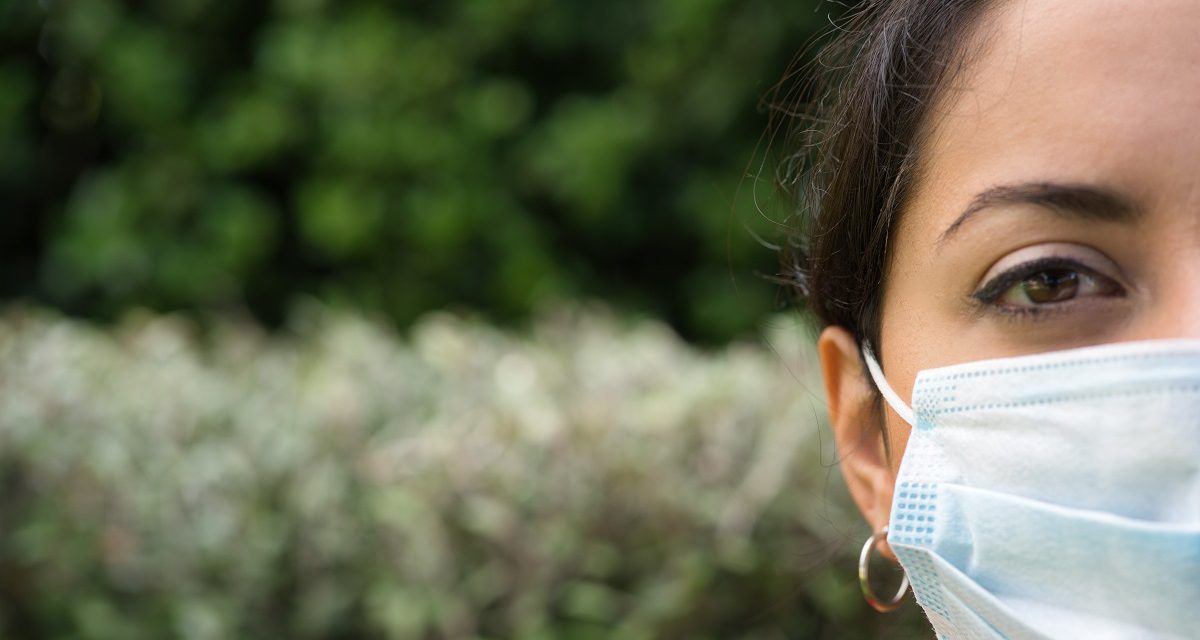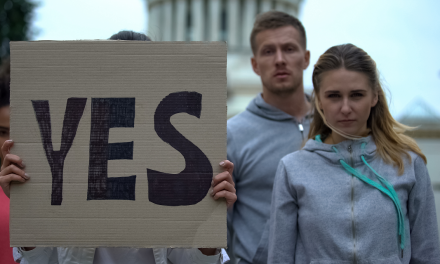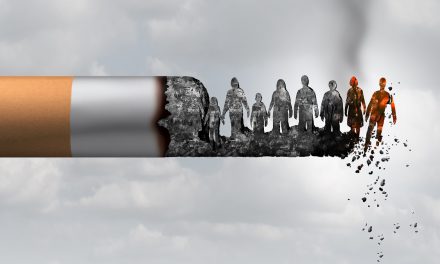By Tempest Wright
While Southern and Northeastern states seemed hit hardest by COVID-19, the Midwest appeared to have relative control over infection spread. This is changing, and rural areas might be the hardest hit – so much so that rural Lafayette County recently issued a mask mandate. Hospital closures, poverty, and absence of local funding threatens to exacerbate the effects of a pandemic that is already shaken our nation’s foundation. As urban areas struggle to contain the virus, rural communities fall through the cracks.
According to Dr. Anthony Fauci, director of the National Institute for Allergy and Infectious Diseases, Midwestern states are showing early signs of an impending coronavirus surge. Dr. Fauci stresses that infection control measures, such as hand washing, mask mandates, and social distancing are effective at slowing down the virus and preventing another surge. He also advises that states reopen their economies in stages, only after infection rates drop and show no signs of resurgence. However, where does this leave rural communities where resources, including funding and healthcare, are limited?
The Centers for Disease Control and Prevention (CDC) reports that rural Americans tend to have higher rates of comorbidities than their urban counterparts, including smoking, high blood pressure, and obesity, with less access to healthcare facilities. Rural Americans are also less likely to be insured than the rest of the American population. Additionally, rural residents tend to be older or have disabilities, which puts them at higher risk of developing severe complications or dying of COVID-19.
The CDC reports that over 170 hospitals throughout rural America have closed in the past 15 years. In addition, the rural hospitals still standing have a limited number of beds (including within the ICU) and ventilators, hindering their ability to treat COVID-19 patients. Rural residents usually travel long distances to see a doctor or a specialist, and emergency medical services often rely on volunteers to travel several miles to respond to a call. Telemedicine is not possible in some areas because of the lack of reliable broadband connection, and public health departments often serve large geographic regions that stretch and strain their already limited resources.
Over the first weekend of August, Missouri was among several states that saw the largest increases of positive COVID-19 tests. According to the Lafayette County Health Department, there was a 56% increase of confirmed cases during the month of July. The public health alert also states that many individuals (nearly half) lack symptoms whilst transmitting the virus to others, and proper community protocols in slowing the virus have not been followed. Medical professionals continue to stress the importance of cloth face coverings and social distancing to mitigate a rural COVID-19 surge.
Dr. Deborah Birx, a member of the White House coronavirus task force, recently released statements urging rural areas to brace themselves for coronavirus. Speaking with CNN she stated, “To everybody who lives in a rural area, you are not immune or protected from this virus. If you’re in multi-generational households, and there’s an outbreak in your rural area or in your city, you need to really consider wearing a mask at home, assuming that you’re positive, if you have individuals in your households with comorbidities.” From widespread hospital closures to food insecurity and absence of transportation, rural communities are ill-equipped to handle this pandemic. Many rural areas are also college towns, and students returning to campus in the fall will bring the virus with them. Therefore, rural residents must be extra diligent in protecting themselves and their households.
Many rural communities also lack the social welfare needed to help people in times of crisis. Not only do these factors play a part amid a pandemic, but it drastically affects a rural community’s ability to recover once the danger has passed. A COVID-19 surge not only impacts rural civilians, but it could possibly disrupt essential services, such as healthcare workers who fall ill on the job. Infected healthcare workers put communities further at risk, kicking off a domino effect of dire outcomes.
Clearly, rural communities have several cards stacked against them, but not all hope is lost. There are several ways, as outlined by the CDC, that rural communities can confidently respond to the coronavirus pandemic. The biggest tool in fighting this virus is education. Rural residents should be made aware of how the virus is spread and why certain measures, such as mask mandates and sheltering in place, are necessary and effective. Individuals should know effective hygiene habits, such as how to thoroughly wash hands, use hand sanitizer properly, and keep masks covering both the nose and mouth. Rural residents should be educated about asymptomatic spread and why travelling and non-essential activities are limited. Healthcare professionals must also know how to assist rural citizens that are homeless, in the event of community spread.
Rural residents themselves can help their community by making and safely distributing masks to their fellow neighbors. Those who are able-bodied and otherwise healthy can lend their assistance to their disabled, elderly, or immunocompromised neighbors by running essential errands for them, such as grocery shopping and picking up prescriptions. Additionally, some health insurance companies and pharmacies are providing a 90-day supply of medications and free prescription delivery to reduce trips to the pharmacy while COVID-19 is spreading.
The CDC also suggests the creation of information cards with numbers and addresses to the nearest healthcare facilities and testing centers printed on them to distribute throughout the neighborhood. A telephone support system is also important in not only keeping family and friends updated on COVID-19 information, but to stay connected and stave off the loneliness that social distancing unearths.
Even with limited resources that are out of rural citizens’ control, there are still communal efforts that effectively slow the spread of coronavirus. Tom Emmerson, administrator at the Lafayette County Health Department states, “It is up to us all to take personal responsibility and protect each other. Please use your masks in public places. It is recommended that you do not invite gatherings of other people into your home, and to avoid gatherings in public places where social distancing and mask use are not practiced. Remember you can carry the COVID-19 virus without knowing it and not get sick, but other people can get sick, and some die.”
For more information about COVID-19 in rural areas, visit:
- LafayetteCountyHealth.org and on Facebook at Lafayette County Health Department
- https://MRHAssociation.org/covid-19
- https://Health.MO.Gov/living/healthcondiseases/communicable/novel-coronavirus/
- https://www.RuralHealthInfo.org/topics/covid-19/news
To find testing, visit:








